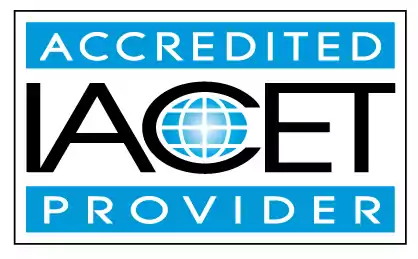Describe the components of an emergency preparedness plan for child care facilities
Ensure the safety of children in child care facilities with a comprehensive emergency preparedness plan. Our page will guide you in understanding the requirements of Child Care Subsidy, Child and Adult Food Program, MSDE Child Care Credential, Tiered Reimbursement, and the Child Care Career and Professional Development Fund. Trust our expertise in early childhood education and child care centers to provide the necessary support for your child care facility.Trainings incorporating this outcome
6 hours courses
Related Outcomes
- Identify and understand the requirements of Child Care Subsidy (POC), Child and Adult Food Program, MSDE Child Care Credential, Tiered Reimbursement, and the Child Care Career and Professional Development Fund
- Describe the components of emergency preparedness in the child care setting.
- Define what is an emergency and the legal requirements for emergency preparedness for child care professionals.
- Identify responses to typical daily child care scenarios with solutions that are aligned with Child Care Regulations
- Describe additional provisions to the emergency preparedness plan
- Identify the components of a lesson plan for the family child care setting
- Demonstrate understanding of the components of an emergency preparedness plan.
- Identify strategies for the child care provider that will promote successful child development
- Produce an emergency preparedness plan
- Identify the different types of portfolios used in child care programs, and the appropriate portfolio components for each type.
- Describe ways child care professionals can support advocacy issues.
- Describe what and how to respond to the following emergency situations: loss of water, serious injury, loss/death of child, etc.
- Describe a staff orientation in accordance with Child Care Regulations
- Demonstrate an understanding of optimal room arrangements for family child care settings and their components.
- Demonstrate an understanding of Elijah's law and requirements for child care facilities.
- Demonstrate understanding of optimal room arrangements for family child care settings and their components.
- Identify factors that may influence learning for a child in the family child care environment.
Related Articles
- The Importance of Emergency and Disaster Preparedness Plans for Child Care Providers
- Essential Resource for Child Care Providers: Free Emergency Preparedness Plan
- California Child Care Resource Center (CCRC) Subsidized Child Care Payment Program
- Michigan Child Care Providers and the Child and Adult Care Food Program (CACFP)
- MSDE: Child Care Providers- H & H Child Care Training Center Is Here for You!
- Child Care Centers and Providers Emergency Preparedness Training
- Understanding the Requirements for Michigan Child Care Assistants in Family Child Care Homes
- ASTHMA AND ALLERGIES Caring for Children with Asthma and Allergies in Child Care Facilities
- Maryland Child Care Training Voucher Program: Empowering Child Care Professionals
- ChildCareEd's Free Monthly Budget Plan: Streamlining Child Care Finances
- Celebrate Mom with Love: A Mother's Day Guide for Child Care Facilities
- Family Child Care/ Home Daycares Eligible for MD Child Scholarship Funding
- Navigating with Limited Resources: Support for Texas Child Care Facilities
- Planning Summer Fun: Texas child care providers
- CPR and First Aid Training for Child Care Providers: Essential Skills for Emergencies
- The Ultimate Guide: Creating Effective Lesson Plans for Child Care Providers
- The Benefits of the CDA Credential for Minnesota Child Care Providers
- Fostering Resilience in Children: A Key Role for Child Care Providers
- Why should childcare programs have an emergency plan?
- CDA Portfolio Handbook for Family Child Care
 0.6 CEUs
0.6 CEUs